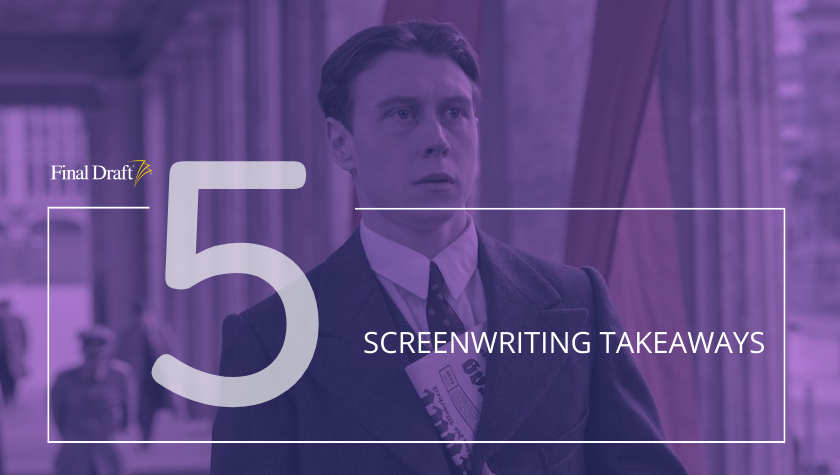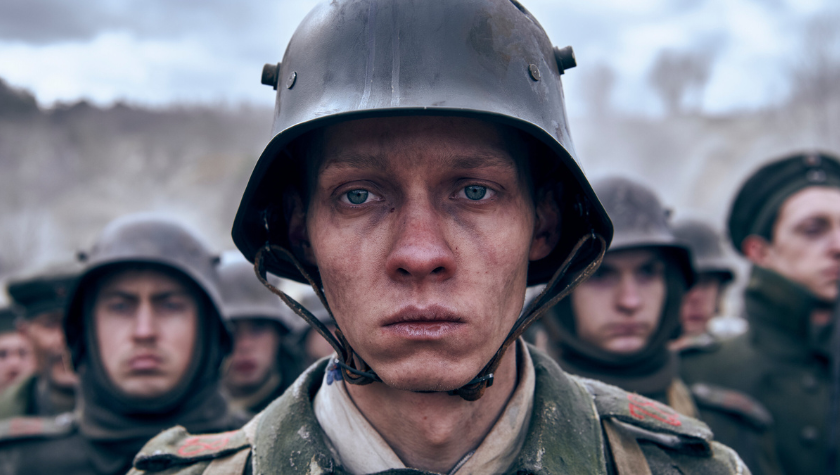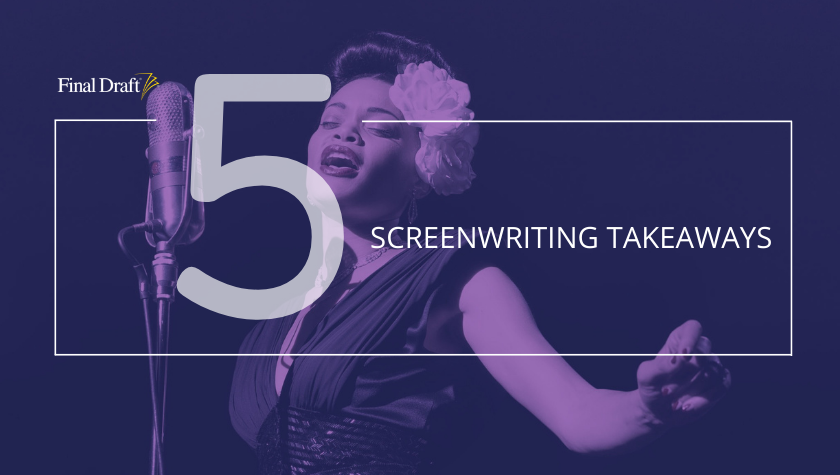5 Screenplay Takeaways from 'The Dig'
February 12, 2021
How do mounds of dirt in Suffolk, England become a compelling historical drama set in the late 1930s? Only if those mounds of dirt contain some of the most significant finds in archaeological history. This is the loose thought behind The Dig. Based on a true story and fictionalized in the 2007 novel of the same name by John Preston, The Dig, written by Moira Buffini, centers on the discovery and excavation of a wooden ship from the Dark Ages, found on a woman’s large estate in England.
Edith Pretty (Carey Mulligan) hires Basil Brown (Ralph Fiennes), an archaeologist/excavator, to dig up the mounds on her property knowing there might be a little historical value to what lies beneath. The dig becomes a source of interest when they realize it’s the burial site of a large Anglo-Saxon ship filled with untold historic treasures. On top of all this, the world around them is preparing for what becomes World War II.
Buffini, in an interview with shondaland.com, offered parallels to the story with today’s world affairs. “What resonates with the current mood is the fact that it’s set in this glorious summer of 1939 as the world was on the brink of something dreadful. Nobody knows what the future’s going to be like, except that something really bad is coming. When we were shooting the film, we had no idea that most of the post-production would be undertaken in lockdown and that the industry would in effect shut down. Nobody could foresee what was going on. There is the same feeling of the future suddenly becoming very fragile now.”
Whether it’s creating characters struggling with outside forces or writing lessons of history in the screenplay, here are five takeaways screenwriters can gather from The Dig.
1. Defining the time period
The Dig takes place in the late 1930s as Germany is ramping up their war production and starting to show aggressiveness, but this is barely mentioned at all in the movie, but rather seen.
The first hint that England is preparing for war is when Edith and Basil are discussing the job at hand. Edith’s son Robert (Archie Barnes) enters the room wearing a gas mask and other than Edith removing it, there’s no indication of the seriousness of the coming war.
As the film continues, more about the war is seen rather than discussed. Bombers and fighters occasionally fly overhead, Edith observes soldiers setting up sandbags around artillery when she heads into town, and the pub is lit by candlelight as blackout conditions are mandated.
While the film isn’t about the war itself, it remains in the minds of the characters who do their best to “keep calm and carry on.”
2. Introducing your main characters
The Dig shows a way to introduce characters without exposition. Edith and Basil are having a discussion about the mounds on her estate. Both show their intelligence and experience. Basil knows about the soil and how to dig professionally whereas Edith shows her awareness of the significance of the mounds.
Neither one mentioned the qualifications of the other. Edith never said, “I know you’re an archaeologist with years of experience so I know you can dig up these mounds to find if there is anything significant.”
Show your character's backstory by expressing their knowledge, not by having a character tell us about it.
3. A world we don’t know about
There’s nothing like seeing a new world. Most people don’t know anything about digging up dirt, unless they’re into gardening. And even less know about archaeological digging.
As mentioned previously in "5 Screenwriting Takeaways from 'Sylvie’s Love'," audiences are fine with seeing a familiar story as long as there’s a different world in which to experience it. That’s one of the things that makes The Dig so intriguing to watch — you’re watching archaeologists and excavators on the cusp of discovering something of historical importance.
4. Present a challenge that leads to success
One of the most uplifting parts of the film is when the discovery of something significant is made after the characters undertake a long and arduous task (don’t worry, I’m not giving away anything that isn’t in the plot). What this teaches us is the importance of investing in a character's challenges.
What starts as an excavating project gains the interest of the British Museum with the hopes of uncovering a major archaeological find. The stakes are high and when the characters feel pride about their accomplishments, the audience shares in the emotional climax as well.
This isn’t meant to take away from the directing, acting, editing, scoring and more that drives this experience, but it all starts with the words on the page.
5. Adapting from historical fiction
Adapting from a novel that was inspired by true events takes adaptation to a whole new level. Not only did Buffini have to remain true to Preston’s book, but she also had to write a story about a major event with plenty of source material.
Buffini tackled this challenge the same way she adapted Jane Eyre (2011). In an interview with shondaland.com she commented, “Whatever I’m adapting, whether it’s something like this or a well-known classic like Jane Eyre, I start in the same way: I faithfully adapt all the major scenes in the book, and I soon realize how it’s going to have to change in order to give it the emotional journey needed for the screen.”
The Dig is now available to watch on Netflix.
Written by: Steven Hartman
Steven Hartman is an award-winning, optioned screenwriter. He was a Top 5 Finalist in Big Break’s Historical Category in 2019 and won Best Action/Adventure in Script Summit’s Screenplay Competition in 2021. He holds a Bachelor of Arts degree from Columbia College and had internships at Jerry Bruckheimer Films and Village Roadshow Pictures. Steve is a full-time writer and creative video producer by day and a screenwriter and novelist by night.- Topics:
- Discussing TV & Film




